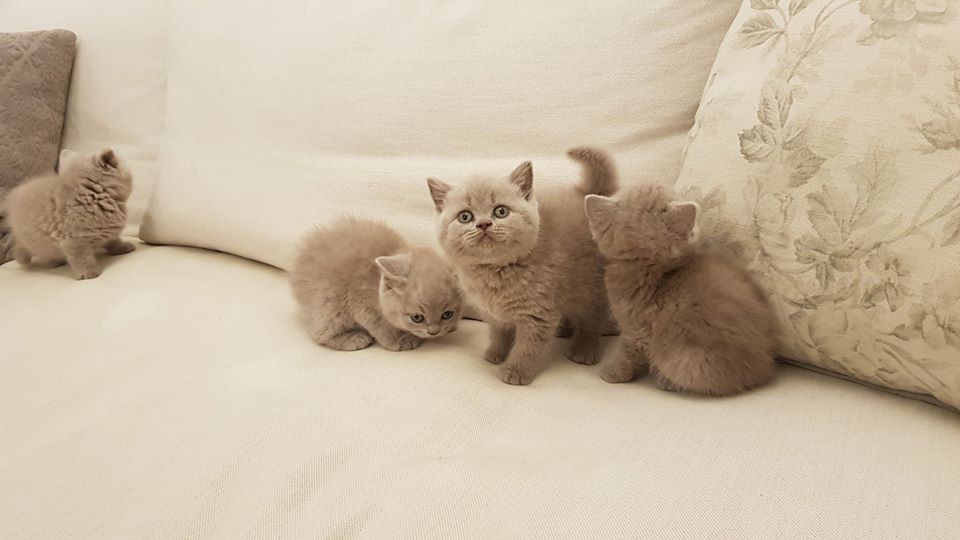
Muffin and Poppy are crazy about their kittens’ health, so we are always looking for the best products for our fluffballs of joy. “Better than a vet visit!” we say and we want to maximise our time with our best little friends by making sure they live a long happy and healthy life. Before using any essential oil around your cat, it’s important to remember that not all essential oils are the same. You will find that many brands of essential oils on the market may say “100% pure” on the label, but they contain substances that should be avoided. So, be sure your essential oils are third party tested and CPTG Certified Pure Tested Grade™. Many times Google can be a very confusing source of information so we looked for a more reliable source, Dr. Janet Roark a veterinarian in Hill Country Mobile Veterinary Service. Could it be that the time to retire all the well-known nastiness present in many candles, air fresheners, cleaning products and fabric refreshers has finally arrived?
Here are 3 ways to keep your cat healthy with essential oils.
Healthy air
Diffusing around your cat is a great way to benefit them. Our gorgeous friends have million more olfactory receptors than we do so bear in mind that they will be a lot more sensitive to essential oils. Use a water-based diffuser, such as the Lumo Diffuser, on an intermittent setting with one to three drops. Make sure you give your cat the option to leave the room if he wishes. In this way, you will be able to notice which oils Fluffball prefers.
Healthy stroking
This is a great way to apply essential oils, massaging along the spine or on the ears, what a treat! Just put a drop of Balance for example on your hands, rub them together, and then stroke your kitty along the spine. Be mindful of touching sensitive areas such as eyes, noses and mouths as you may still have essential oil residue in your hand. Nobody likes Lavender or Copaiba in their eyes. Also, make sure you stroke your cat where he cannot lick the essential oil off.
Healthy lifestyle
Here is some more advice from Dr Roark, in the rare case of an accident due to a significant amount of undiluted essential oil being used or consumed. “In the event of an adverse reaction, dilute with a carrier oil—skin irritation is the most common reaction—and most reactions resolve themselves within 24–48 hours after oil exposure. Discontinue use of an oil if your pet shows signs of distress, drooling, squinting, rubbing their face, vocalisation, shaking, vomiting or diarrhoea. Seek veterinary attention if their symptoms are significant. Keep the lids on your bottles and store them in a safe place, to prevent your kittens from playing with them.”
Also, “when it comes to cats, we’ve heard it all. Citrus oils are toxic to cats. Pine oils are toxic to cats. Lavender oil is toxic to cats. However, according to Dr Roark, there is just no sound scientific basis for these claims. Science tells us that cats lack a liver enzyme that is important for metabolising certain things, so it really isn’t a bad idea to use a bit more caution with felines. If you use the cautions already recommended, these oils are perfectly safe to use in your cleaning or diffused in your green home around cats. Use a little extra caution with Melaleuca, Birch, Wintergreen, Spearmint and Peppermint, as well as hot oils such as Oregano or Thyme. As with anything new that you introduce to your cat, begin slowly. Start with a small amount of a diffused or diluted essential oil and observe your cat’s behaviour and keep your diffuser in a safe place where your cat cannot knock it over.”
